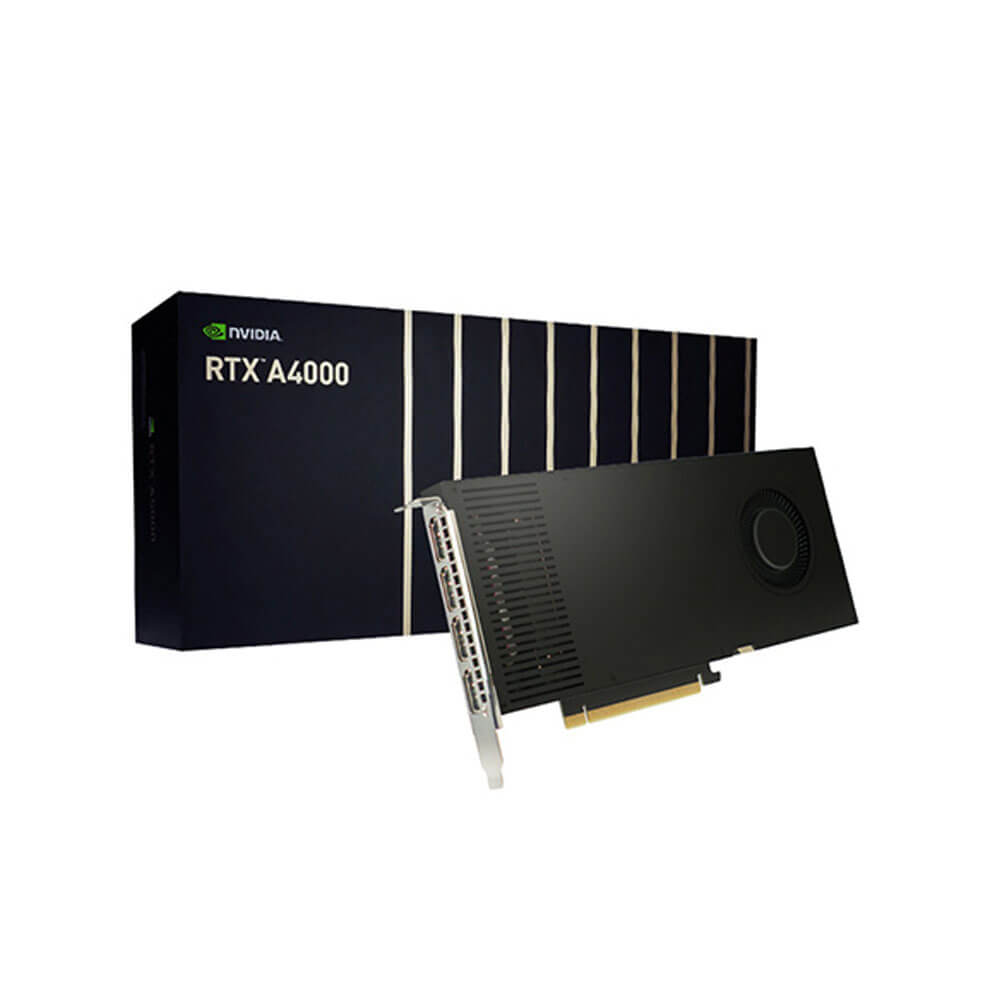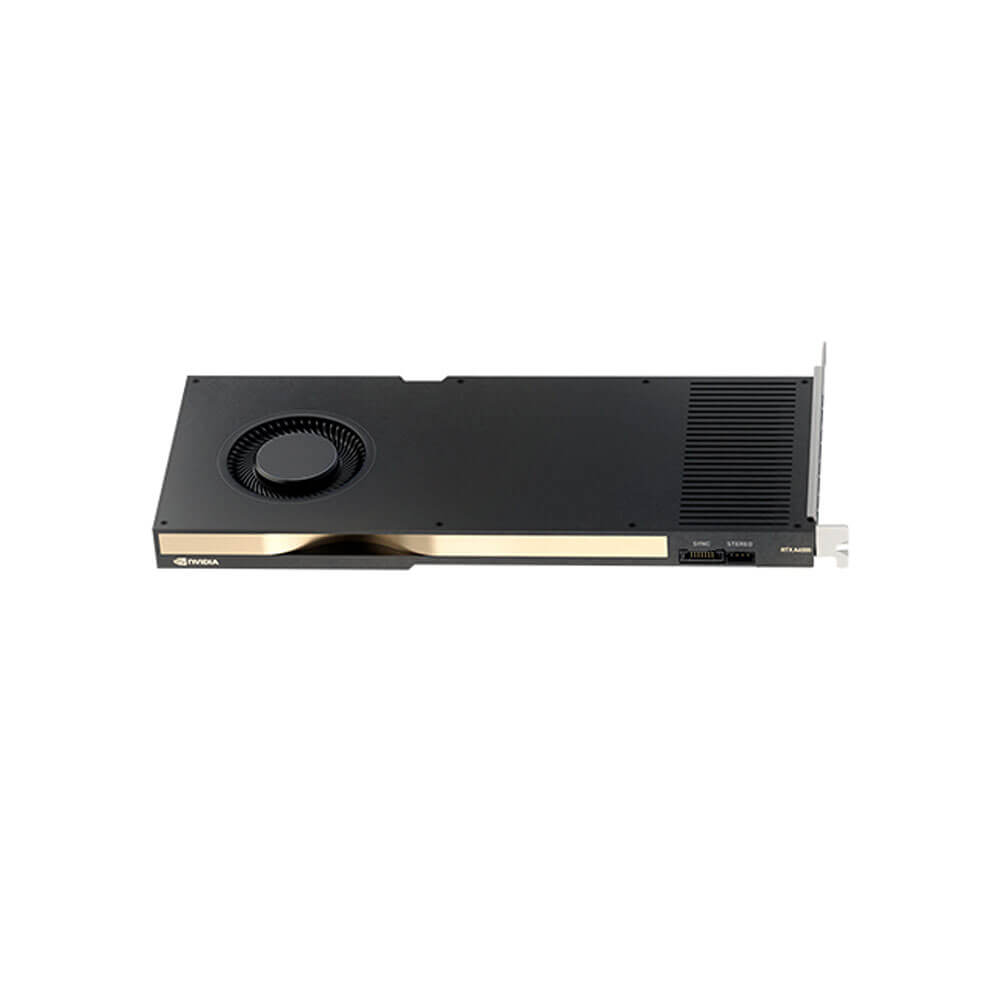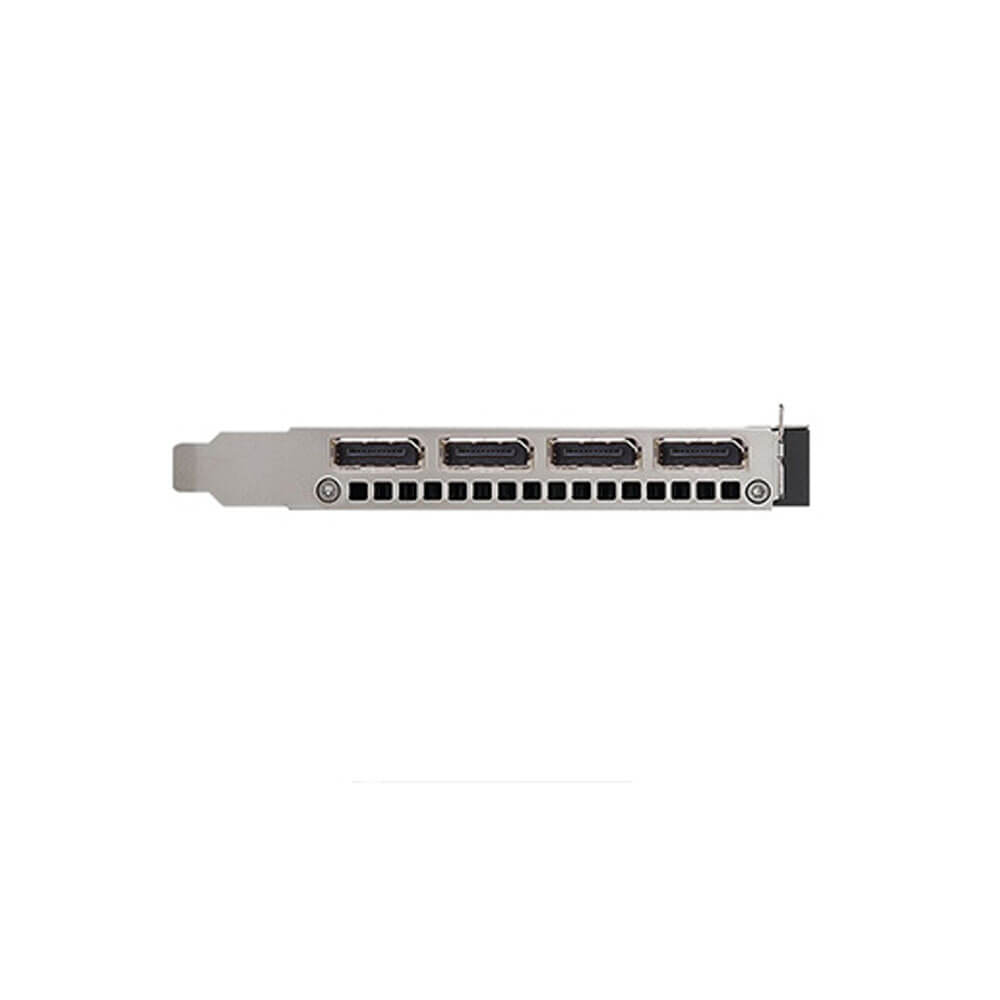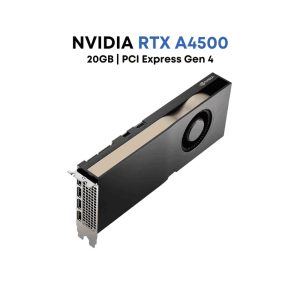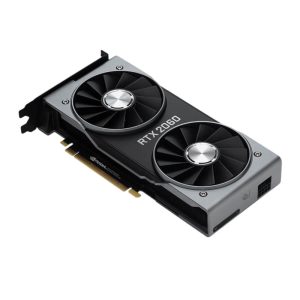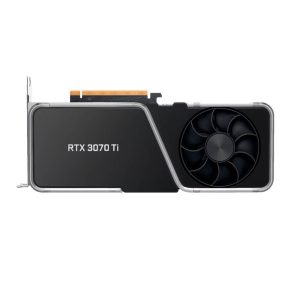NVIDIA RTX A4000 Graphics Card 16GB
The NVIDIA RTX A4000 Graphics Card with 16GB GDDR6 memory is a powerful tool for creative professionals and researchers. Powered by the NVIDIA Ampere architecture, it features advanced RT and Tensor Cores for real-time ray tracing and AI acceleration. Ideal for demanding workloads in design, visualization, and simulation, the RTX A4000 delivers exceptional performance and energy efficiency.
nVidia pci_e RTX A4000 with 16GB of GDDR6 Memory (ECC) 6144 CUDA Cores DirectX 12 3 Years Warranty PCIE 4.0 AAA Game Titles Gaming 4K Editing Mining
Min. Quantity – 5 Nos
Note: Below are the approximate and promotional prices. For the latest pricing and further details, please WhatsApp or call us at +91-8903657999.
₹95,600 ₹103,600
The RTX A4000 is a professional graphics card by NVIDIA, launched on April 12th, 2021. Built on the 8 nm process, and based on the GA104 graphics processor, in its GA104-875-A1 variant, the card supports DirectX 12 Ultimate. The GA104 graphics processor is a large chip with a die area of 392 mm² and 17,400 million transistors. It features 6144 shading units, 192 texture mapping units, and 96 ROPs. Also included are 192 tensor cores which help improve the speed of machine learning applications. The card also has 48 raytracing acceleration cores. NVIDIA has paired 16 GB GDDR6 memory with the RTX A4000, which are connected using a 256-bit memory interface. The GPU is operating at a frequency of 735 MHz, which can be boosted up to 1560 MHz, memory is running at 1750 MHz (14 Gbps effective).
Being a single-slot card, the NVIDIA RTX A4000 draws power from 1x 6-pin power connector, with power draw rated at 140 W maximum. Display outputs include: 4x DisplayPort 1.4a. RTX A4000 is connected to the rest of the system using a PCI-Express 4.0 x16 interface. The card measures 241 mm in length, 112 mm in width, and features a single-slot cooling solution.
Key Features:
- Ampere Architecture
- CUDA Cores
- The RTX A4000 boasts 6,144 CUDA Cores, providing considerable parallel processing for graphics-intensive tasks like 3D rendering, CAD/CAM modeling, simulation, and scientific computation.
- Second-Generation Ray Tracing Cores
- Offers up to 2× the throughput of first-generation RT Cores, enabling real-time ray tracing with realistic lighting, shadows, and reflections in applications ranging from architectural design to VFX.
- Third-Generation Tensor Cores
- Improves AI performance in machine learning, deep learning, and AI-enhanced graphics tasks, such as denoising, upscaling, and real-time content creation.
- 16GB GDDR6 ECC Memory
- High-Capacity, Error-Correcting Memory
- 16GB GDDR6 ECC ensures stable performance for large datasets, complex 3D models, multi-layered video timelines, or big data analytics—crucial for mission-critical and continuous workloads.
- Memory Bandwidth
- Delivers 448 GB/s of bandwidth, offering fast data transfers for real-time rendering, high-resolution textures, and GPU-accelerated scientific computations.
- Real-Time Ray Tracing
- Photorealistic Visuals
- Second-generation RT Cores drive advanced lighting, shadows, and reflections. Ideal for high-fidelity applications in architectural walkthroughs, product design, and virtual simulations.
- Hybrid Rendering
- Integrates rasterization and ray tracing methods, balancing performance and visual realism in design and rendering software.
- AI-Enhanced Workflows
- Machine Learning Acceleration
- Tensor Cores speed up AI model training and inference, optimizing data science, analytics, and deep learning pipelines.
- NVIDIA AI Tools
- Compatible with NVIDIA’s AI ecosystem (CUDA-X AI, TensorRT), enabling robust development and deployment of AI models.
- Enterprise-Grade Reliability & Management
- ECC Memory & Reliable Hardware
- Error-correcting code (ECC) memory ensures data integrity, vital for enterprise, research, or extended workflow scenarios.
- Kiosk & Secure Modes
- Some firmware configurations or software solutions allow locking the device to specific workflows, ensuring secure and consistent user experiences.
- MDM & Remote Management
- Depending on system integrators or solutions, businesses can centrally administer multiple A4000 GPUs in a cluster or distributed environment.
- Scalability with NVLink
- Multi-GPU Configurations
- The RTX A4000 supports NVIDIA NVLink, enabling multiple GPUs to share memory pools and scale performance for large data sets, HPC tasks, and complex rendering farms.
- Increased Memory Capacity
- NVLink effectively merges GPU memory, boosting the resources available for heavy-duty rendering or simulation workloads.
- Energy-Efficient, Compact Design
- Low TDP
- With a typical TDP of 140W, the RTX A4000 offers a high-performance-to-power ratio, optimizing energy consumption for professional environments.
- Single-Slot Form Factor
- Occupies minimal space, making it an excellent choice for smaller workstations, multi-GPU configurations, or edge computing scenarios.
- Versatile Display Capabilities
- Quad DisplayPort Outputs
- Provides up to 4× DisplayPort 1.4a connectors, driving multi-monitor setups for large-scale visualization or improved productivity.
- NVIDIA Mosaic Technology
- Combine multiple displays as a single unified desktop, ideal for control rooms, advanced design reviews, or immersive digital signage.
Applications:
- Design and Visualization
- Architectural & Engineering
- Real-time walkthroughs, structural simulations, and photorealistic rendering in software like Revit, AutoCAD, and other AEC tools.
- Product Prototyping
- High-resolution 3D modeling and real-time collaboration for product design, enabling rapid iterative development.
- Media & Entertainment
- Video Editing & Post-Production
- Smoothly handles 4K (or higher) video editing, color grading, and effects rendering, benefiting from GPU-accelerated plugins in Adobe Premiere Pro and DaVinci Resolve.
- Visual Effects & Animation
- Renders complex VFX scenes and 3D animations quickly, harnessing RT Cores for faster ray-traced previews in programs like Maya and Blender.
- Scientific & Research Computing
- Simulations & Modeling
- Speeds up high-precision tasks like fluid dynamics, molecular modeling, weather forecasting, or finite element analysis in HPC environments.
- Data Analytics & Visualization
- Large memory and massive parallel processing capabilities facilitate analyzing vast datasets and visualizing them in real time.
- Artificial Intelligence & Machine Learning
- Deep Learning Model Training
- Tensor Cores accelerate backpropagation, matrix multiplications, and other essential operations, reducing training time for neural networks.
- Inference & Real-Time AI
- Deploy AI models for real-time analytics, object detection, or natural language processing in production environments.
- Edge Computing & Virtualization
- Remote Workstations
- Single-slot design and low TDP are well-suited for high-density server deployments, providing GPU resources to multiple remote users.
- VDI & Cloud
- Supports virtualization with vGPU technology, granting multiple concurrent users access to GPU-accelerated applications in a cloud or data center environment.
Why Choose the NVIDIA RTX A4000 GPU Card 16GB?
- Powerful Performance and Reliability
-
- 6,144 CUDA Cores, robust memory bandwidth, and professional software certifications enable stable, reliable operation for demanding workloads.
- Energy-Efficient, Single-Slot Design
-
- With a TDP of 140W and a slim form factor, it fits compact workstations or high-density multi-GPU scenarios, balancing performance and space constraints.
- 24/7 Mission-Critical Capability
-
- Error-correcting code (ECC) memory and enterprise-level driver support ensure consistent performance for extended or mission-critical tasks.
- AI & Ray Tracing Acceleration
-
- Second-generation RT Cores and third-generation Tensor Cores offer real-time ray tracing and speedy AI model processing, keeping pace with evolving professional demands.
- Scalability with NVLink
-
- NVLink connectivity paves the way for multi-GPU memory pooling and compute scaling, crucial for HPC workloads and large-scale rendering.
- Professional Ecosystem Integration
-
- NVIDIA’s commitment to driver updates, certifications for leading creative/scientific apps, and integrated tools (NVIDIA Studio, Mosaic, etc.) enhance productivity.
| Product Name | NVIDIA RTX A4000 |
| Manufacturer | NVIDIA |
| Memory Size | 16 GB |
| Memory Interface | 256-bit |
| Memory Bandwidth | 448 GB/s |
| Max Resolution | 7680 x 4320 (8K) |
| Power Connector | Single 6-pin |
| Power Consumption | 140 W (TDP) |
| Dimensions | 9.5 in (242 mm) x 4.4 in (112 mm) |
| Display Outputs | 4 x DisplayPort 1.4a |
| Single-Precision (FP32) | 19.2 TFLOPS |
| RT Core Performance | 37.4 TFLOPS (Ray Tracing) |
| Tensor Core Performance | 153.4 TFLOPS (AI/DL operations) |

